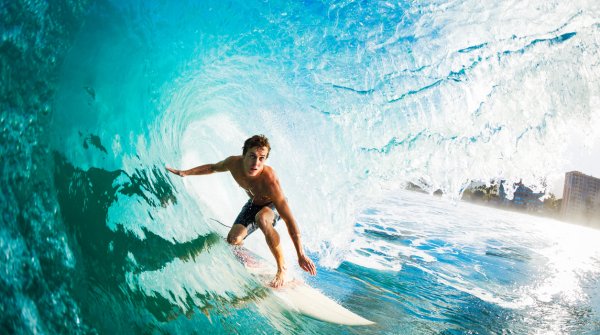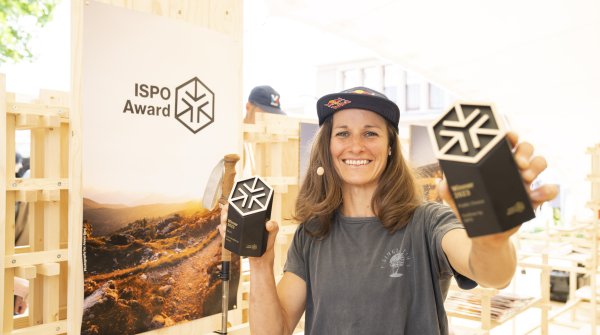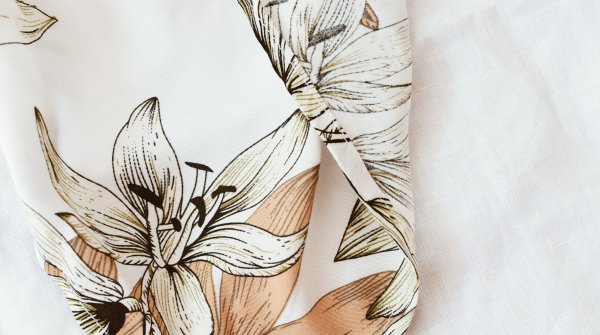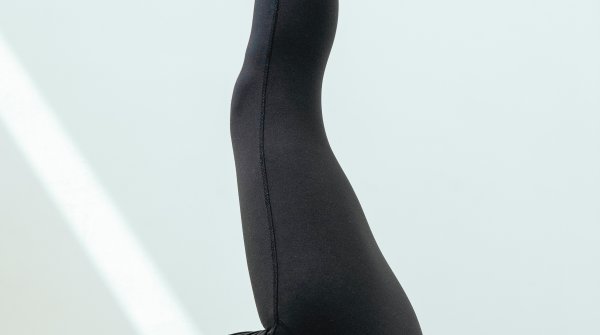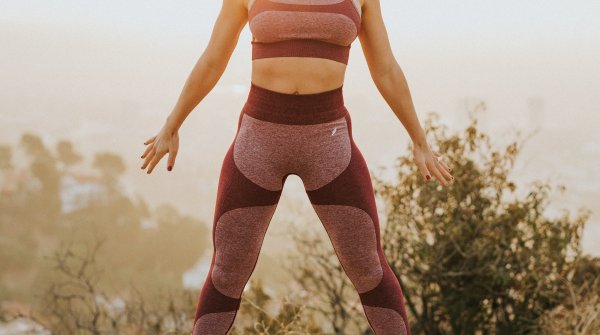
The combination of optical heart rate measurement and music is unusual at first. How reliably does the measurement via the optical sensor work, and when is running with music even recommended? We took a closer look at the winner of the ISPO AWARD PRODUCT OF THE YEAR 2016 in the performance segment and ran a few kilometers with it.
With the successor of the Runner 1, TomTom enters new territory in the field of wearables and now also provides runners with musical entertainment. Even though the TomTom Runner 2 Cardio + Music hardly differs from its predecessor at first glance, it offers some improvements and essential additional features. At a price of 249 euros, the new multisport watch from TomTom should be interesting for many ambitious hobby runners and bring in the lifestyle segment of activity trackers and pulse sports watches neat movement.
TomTom Runner 2: music and heart rate
The GPS watch is very light at 51 grams and can be adjusted to the wrist with different width wristbands, which are available in three color variants. The improved display made of resistant "Gorilla Glass" is striking. However, the striking changes are in the housing: the TomTom Runner 2 Cardio + Music has an integrated MP3 player and measures the heart rate through an optical sensor on the wrist. This will especially please female runners, because sore spots caused by chafing chest straps will be a thing of the past from now on.

Heart rate measurement: convenient and increasingly accurate
Until now, optical sensors have often been inaccurate and susceptible to interference for heart rate measurement during running. How well optical heart rate measurement on the wrist ultimately works depends on a number of factors:
- A wearing position too close to the wrist and especially a fit that is too loose can tend to cause irregularities in the measurement during sports.
- The type of activity can cause interruptions in heart rate measurement. For example, if water gets between the skin and the optical sensor during swimming, the light beam is deflected and no longer reaches the bloodstream.
- External conditions, especially very low outside temperatures, can mean that the heart rate is not reliably determined. At colder temperatures, the blood flow is slower, which can cause difficulties for the optical sensor.
TomTom's GPS watch: Compatible with other manufacturers.
TomTom has reduced the external light incidence by modifying the underside of the case and integrating the optical sensor in a small elevation and deeper in the case. As a result, the TomTom Runner 2 Cardio + Music no longer has to be worn as close to the body as the previous model. In addition, a sensor from Osram is now used, which evaluates the heart rate data through a new algorithm.
Walter Hermsen, VP Product Marketing Sports at TomTom, explains, "The new HR algorithm allows us to combine motion information and the sensor readings to better measure heart rate during different activities. Furthermore, it also allows us to perform continuous 24/7 evaluation."
The whole thing is technologically complex, so it's remarkable how well TomTom has a handle on this key feature. For those who still prefer heart rate measurement via chest strap, almost any chest strap can be paired with the watch via Bluetooth Smart.
"For some activities, athletes still prefer to use a chest strap. For example, while cycling, when the watch can be mounted on the handlebars. In addition, many athletes wear their watch over their clothes in the winter, while heart rate measurement on the wrist is not possible," says Walter Hermsen.
All sensors from other suppliers can also be used to measure speed and cadence while cycling.

TomTom's strength: reliable GPS reception.
Noticeable: the only button for menu navigation is located below the display. The GPS sensor is also installed in it. "By having the button below the screen, we were able to make the watch design smaller and very slim," says Walter Hermsen: "The one-button control makes for intuitive and easy operation."
The separate placement of the GPS sensor is intended to improve measurement and avoid interference. For example, it usually points upward when running, which improves reception. The position is found quickly, provided the assisted GPS data is up to date through synchronization via computer or smartphone. The TomTom engineers rely on a combination of GPS and GLONASS, the Russian alternative, for tracking. The special satellite data is transferred to the Runner 2 Cardio + Music via MySports Connect or MySports app.
Music without smartphone and headphone cable
That leaves the music: Some swear by the motivating effect, while others absolutely cannot run with music. Some runners don't care about the rhythm of the music, for others the beats have to match heartbeat or stride rate. If you like it, running with music can make perfect sense. For this, the Tom Tom Runner 2 Cardio + Music offers a 3 GB memory for playlists and 500 songs. It can be connected wirelessly via Bluetooth with the included headphones, and all running-minded music fans can train to the rhythm of their playlist without the annoying smartphone on their arm.
Running with music increases motivation and personal well-being, and many runners find it easier to switch off. If long or fast runs are on the training schedule, then the music increases the load tolerance and performance readiness. Of course, running with music on the treadmill is particularly suitable.
TomTom supplies the GPS watch together with Bluetooth headphones. It looks a bit bulky, but it works flawlessly in practice and offers rich bass. Three buttons on the headset control the pairing with the watch as well as the volume. Pairing is uncomplicatedly fast and is done manually before each activity start. In addition, the TomTom Runner 2 Cardio + Music can be used with any other Bluetooth headphones or speakers. The included headphones are charged via a micro USB port.
- Awards
- Mountain sports
- Bike
- Fitness
- Health
- ISPO Munich
- Running
- Brands
- Sustainability
- Olympia
- OutDoor
- Promotion
- Sports Business
- Textrends
- Triathlon
- Water sports
- Winter sports
- eSports
- SportsTech
- OutDoor by ISPO
- Heroes
- Transformation
- Sport Fashion
- Urban Culture
- Challenges of a CEO
- Trade fairs
- Sports
- Find the Balance
- Product reviews
- Newsletter Exclusive Area
- Magazine

